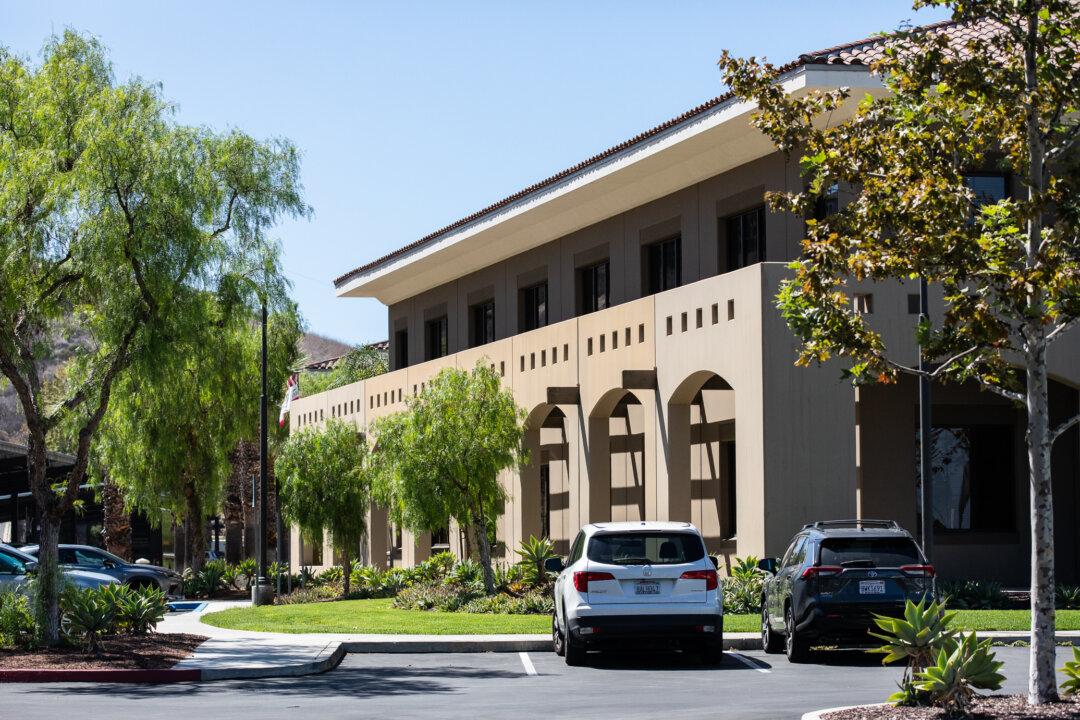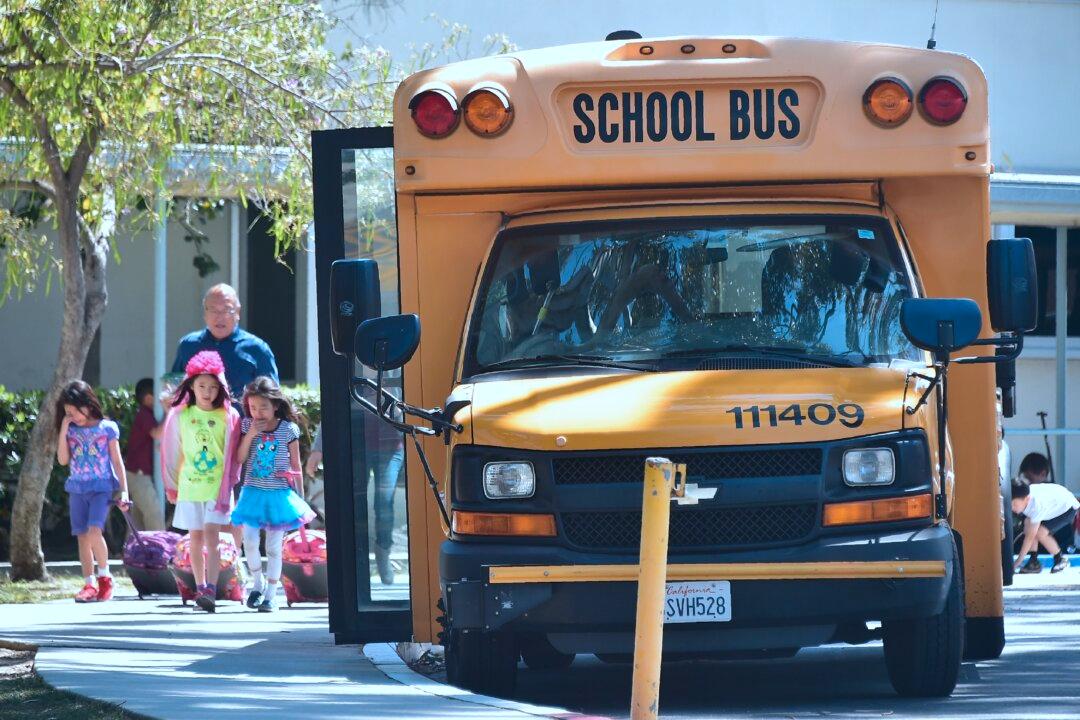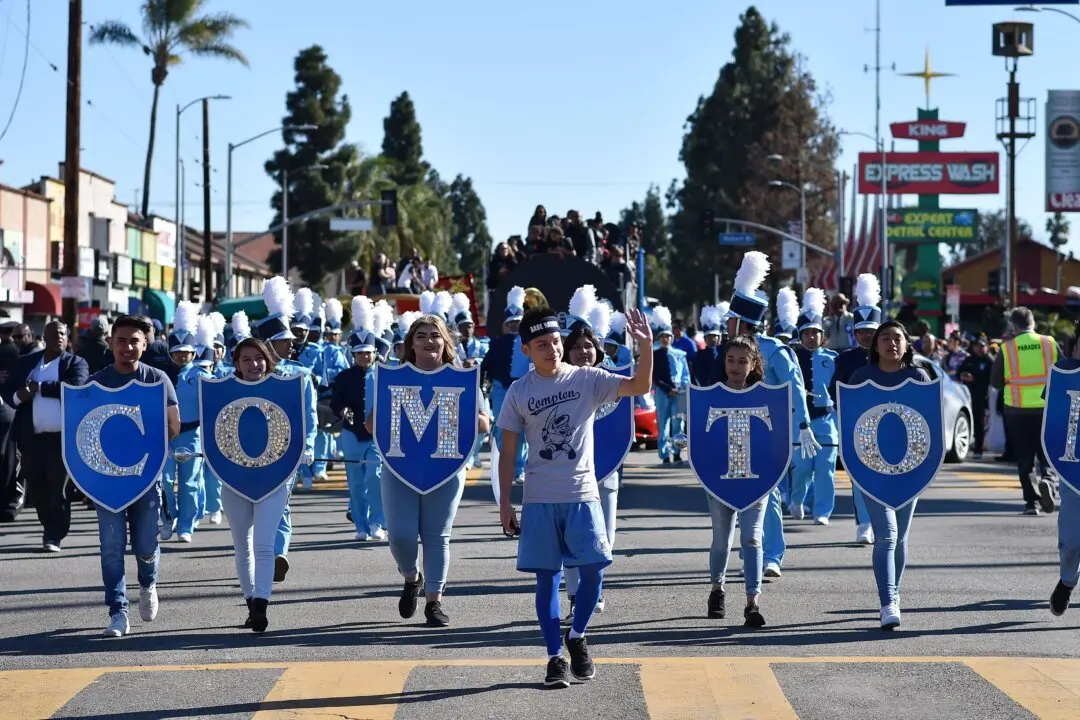Commentary
Capistrano Unified School District cried poor boy last year with a ballot measure seeking approval to borrow $114 million. Here was their plea: “To repair and improve Aliso Viejo’s aging neighborhood schools, fix deteriorating roofs, plumbing, sewer, electrical systems; and construct/acquire modern classrooms, facilities and technology that support college/career readiness in science, technology, arts, math and skilled trades.”





